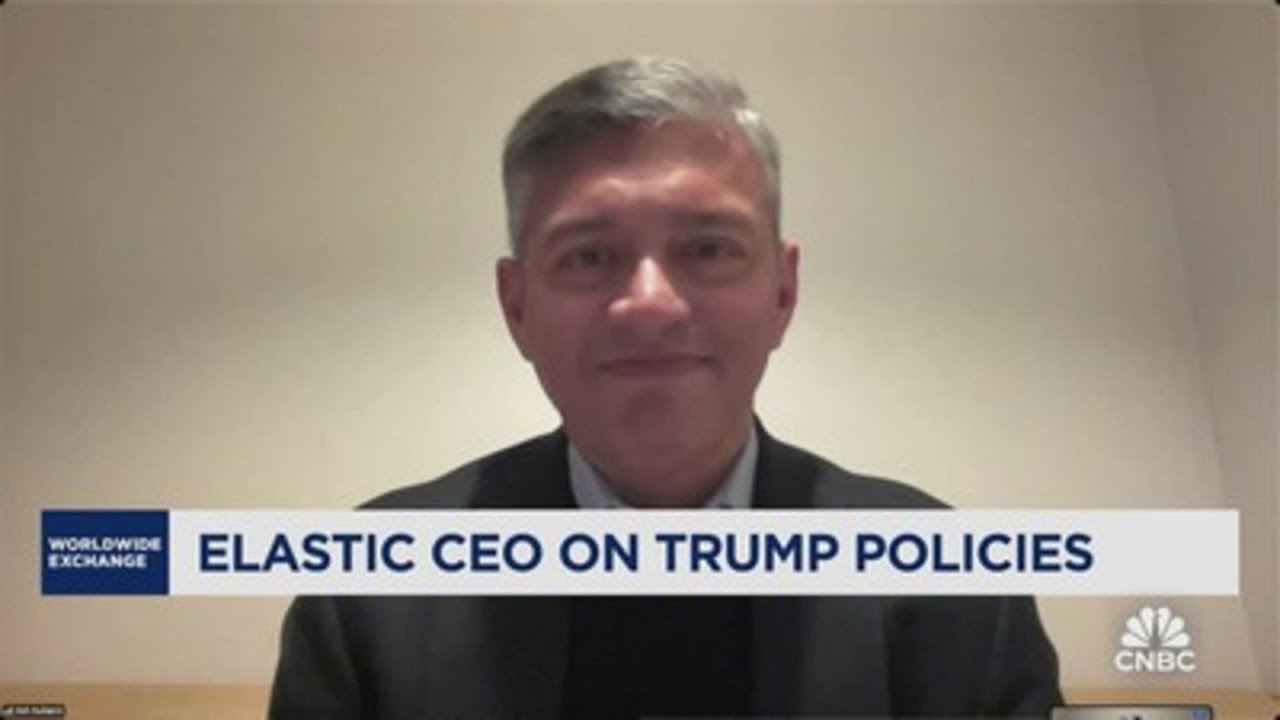In an interview, Ash Kulkarni discussed his company’s recent stock performance and the launch of DeepSeek, an AI infrastructure that offers reasoning capabilities at a lower cost, which he believes will drive more applications and efficiency. He also addressed macroeconomic concerns, emphasizing their focus on growth and the benefits of open-source technology in driving innovation.
In a recent interview, Ash Kulkarni discussed the recent performance of his company’s stock, which saw a notable increase of 6.5%. He attributed this rise to the overall volatility in the tech sector rather than any specific news from their company. Kulkarni emphasized that the focus remains on the growth of their business, highlighting a strong balance sheet and projected operating margins of 14.7% for the current quarter. He noted that their top-line revenue grew by 17% in the last quarter, with a significant 26% increase in their cloud business, largely driven by the momentum in generative AI applications.
Kulkarni also addressed the release of DeepSeek, which occurred on January 27th. Despite the stock’s decline of about 7% since then, he believes that DeepSeek represents a significant advancement in AI infrastructure. He explained that DeepSeek’s ability to deliver reasoning capabilities at a lower price point than competitors is a major breakthrough. This reduction in costs is expected to unlock more use cases for AI, leading to increased applications and efficiency across various sectors.
The conversation shifted to the impact of open-source technology, with Kulkarni highlighting how DeepSeek exemplifies the value that open-source can bring to technological advancements. He pointed out that his company, which originated from open-source software, has consistently seen the benefits of this model. By monetizing value-added features on top of open-source products, they have been able to democratize technology and drive innovation in the industry.
Addressing macroeconomic factors, Kulkarni acknowledged concerns about a potential economic slowdown in the U.S. and the recent weakening of the dollar. He explained that their guidance is based on current currency rates, and fluctuations in the dollar can impact their international business. A stronger dollar could pose challenges, while a weaker dollar could provide benefits. However, he emphasized that their focus remains on constant currency growth and maintaining operational leverage to drive both top-line and bottom-line growth.
Finally, when asked about the impact of tariffs on their business, Kulkarni expressed confidence that any uncertainties would be manageable in the long run. He reiterated the importance of being cautious and thoughtful in navigating the business landscape amidst these challenges. Overall, Kulkarni’s insights reflect a commitment to leveraging technological advancements and maintaining growth despite external economic pressures.
